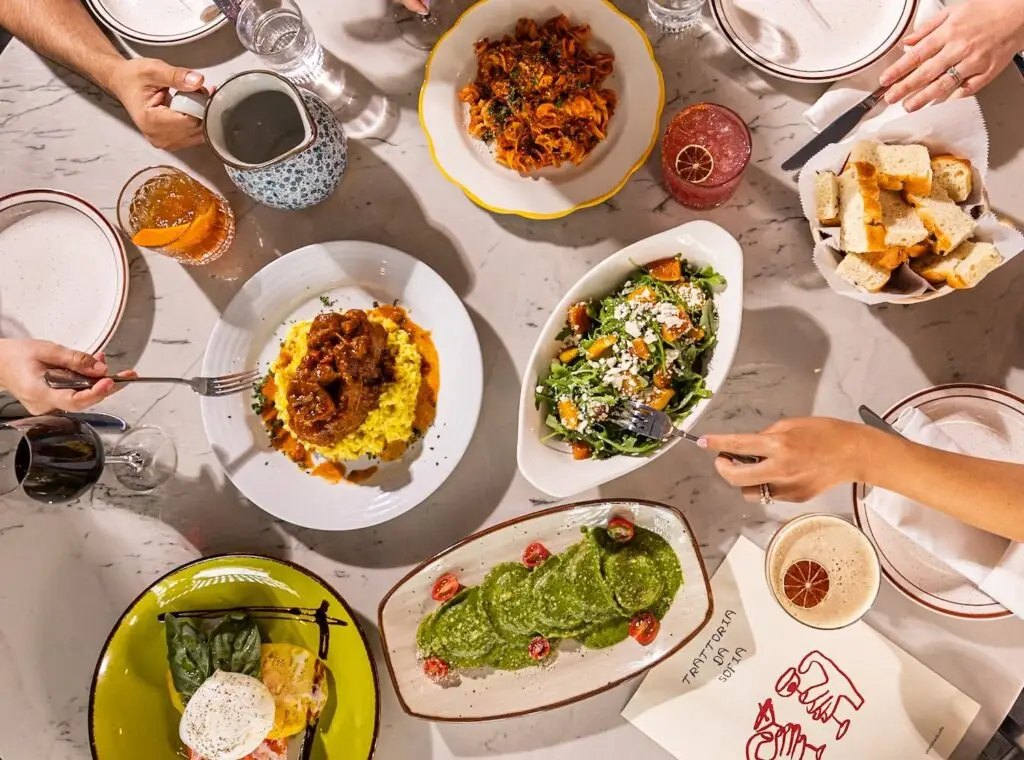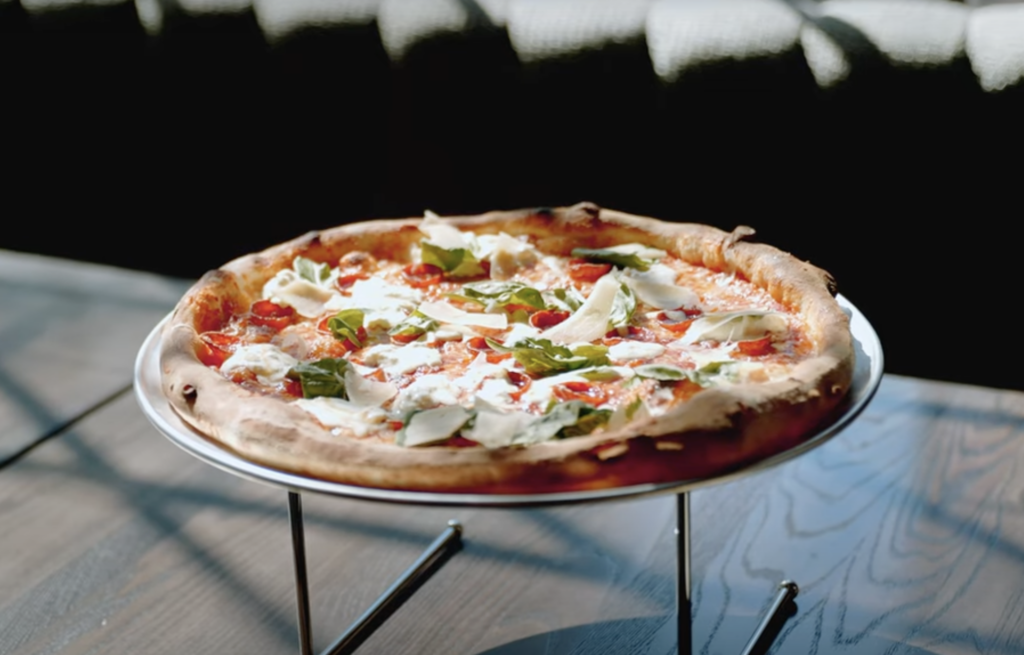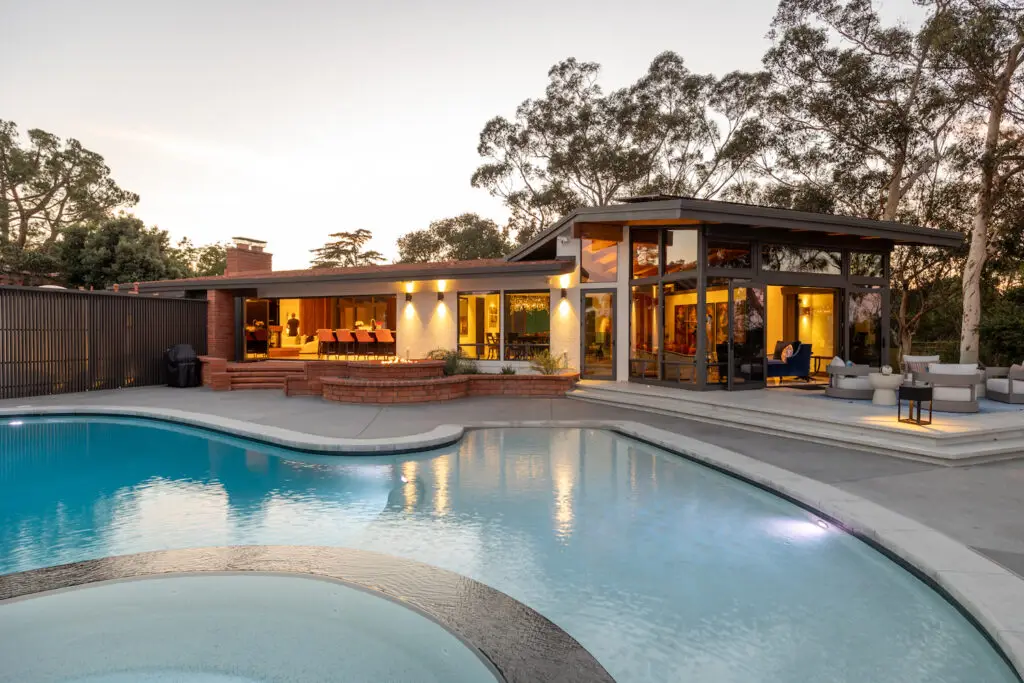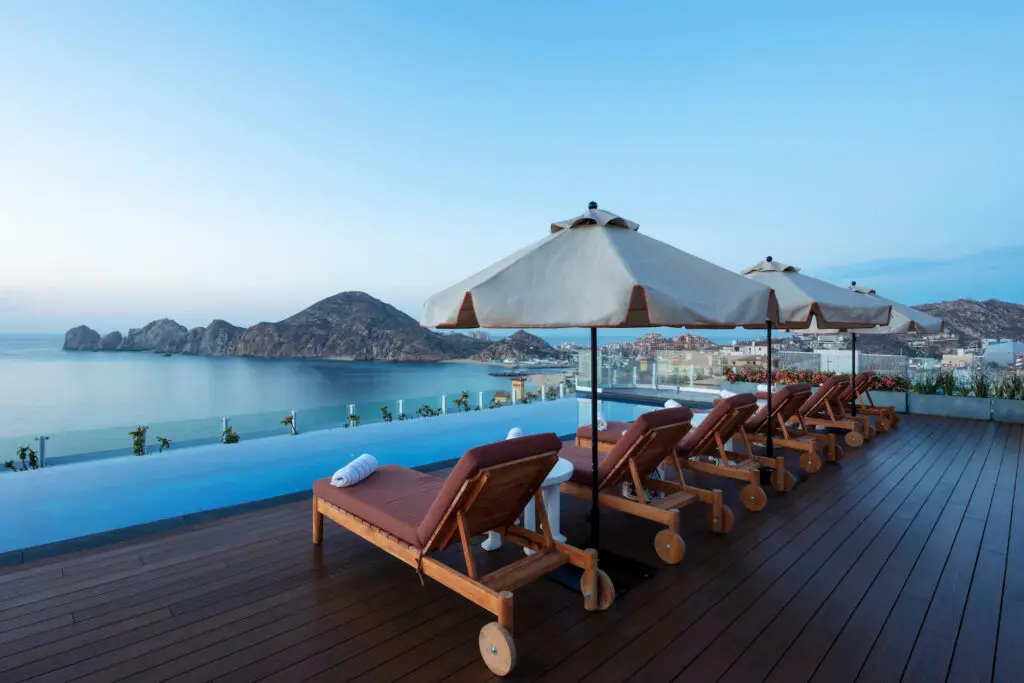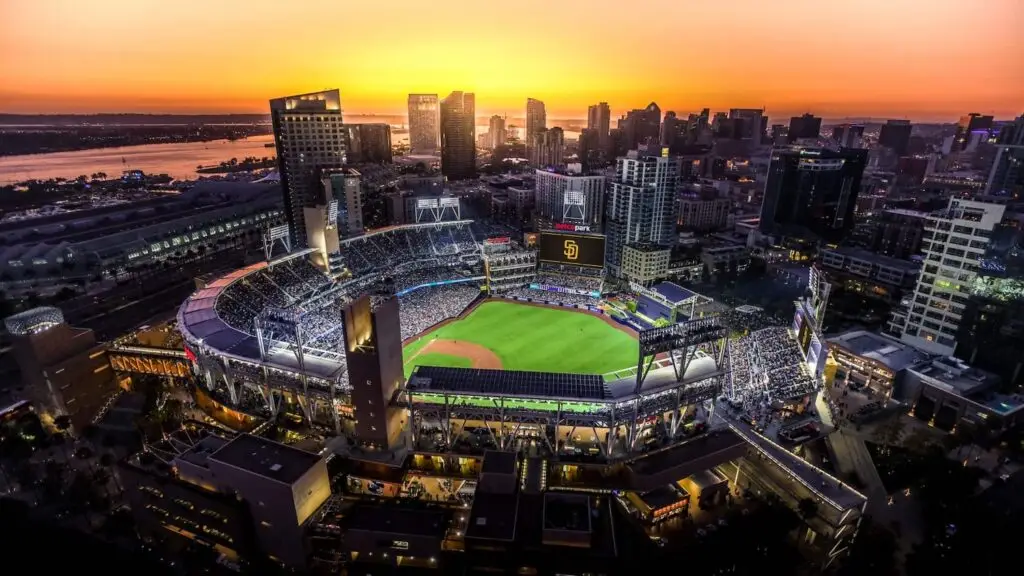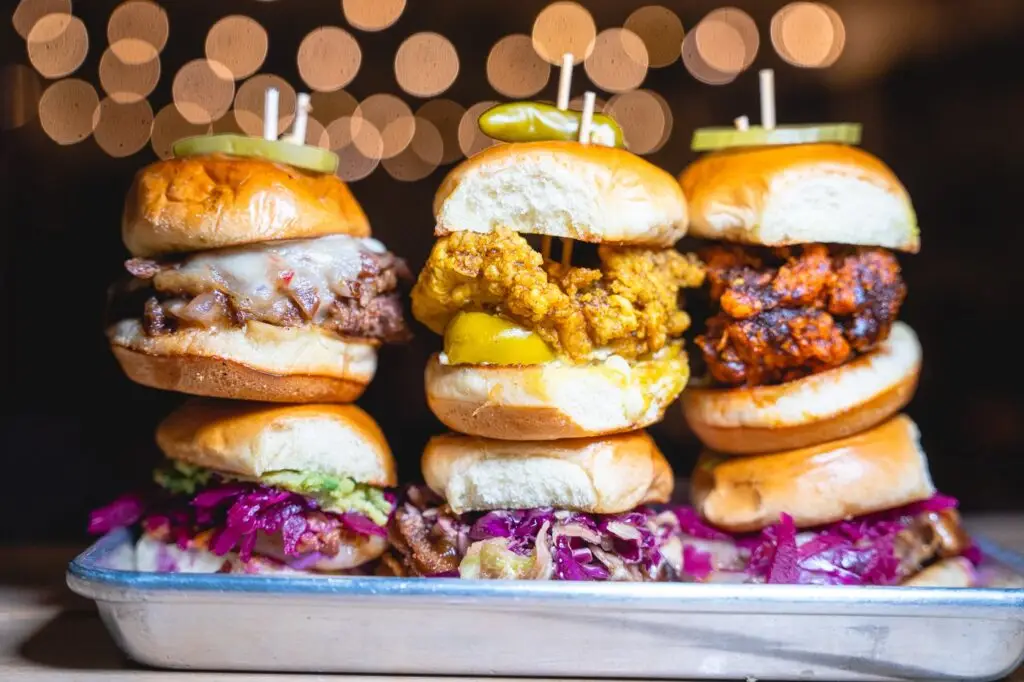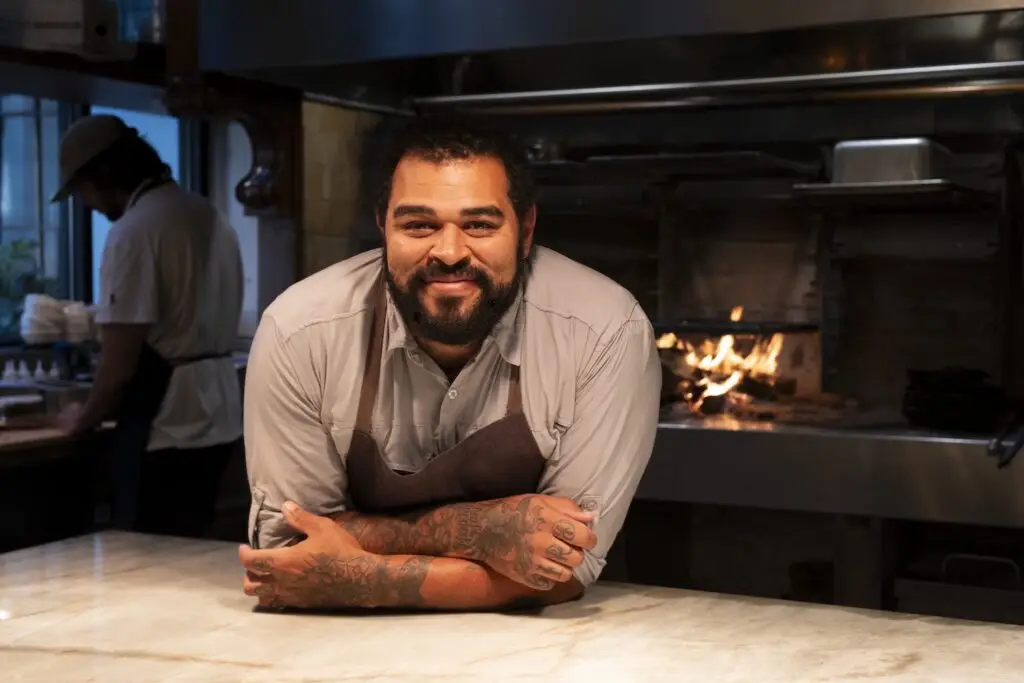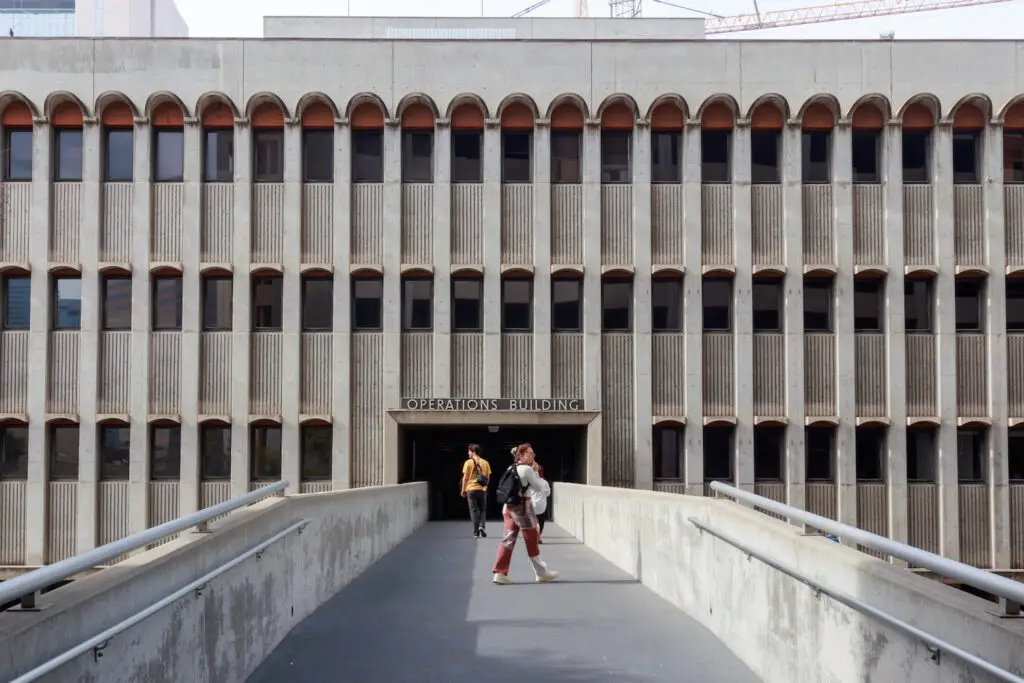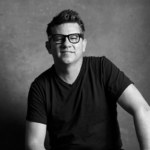“Every time we have reclaimed space from parking and given it back to people it’s been a home run,” says San Diego mayoral candidate Todd Gloria.
“We are fortunate to be in San Diego where we can do this many months of the year, and I fully support this going forward in many neighborhoods,” says San Diego mayoral candidate Barbara Bry.
Both candidates are talking about restaurants spilling onto the sidewalks and streets and parking lots in an effort to survive. They are talking about the potentially permanent changes to the way the city allows restaurants to operate, and the face of the city itself.
It’s not news that the pandemic has decimated our restaurant culture. It needs so much help, from city, county, state, country, and God at this point. Two weeks ago, on behalf of San Diego’s restaurants, I asked their most burning questions to both candidates—one of whom will become San Diego’s new mayor after the runoff election on November 3. Over the next week I’ll relay a couple of the major takeaways.
One of the restaurants’ biggest questions was: Because indoor dining was forced to close, the city, county, and state have loosened restrictions to help restaurants survive. The city streamlined the process for them to set up “parklets” on sidewalks, streets, and parking lots to seat more people safely outside. The state allowed them to sell alcohol to go. Given that the economic ramifications of the coronavirus will last for years after indoor dining is allowed again, what is the possibility that they’ll be able to make these outdoor areas permanent? And sell alcohol to go for a long time to come?
The answer from both mayoral candidates seems to be: Yes, many of the changes made are here to stay. To be clear, this is me reading between the lines. Mayors aren’t the only ones who make decisions, and they’d have to convince a host of others. (For instance, alcohol to go is governed by Alcoholic Beverage Control (ABC), which is a state agency.) I’ve included their exact answers below, so you can read between your own lines.
But if true, this is at least a small ray of hope for restaurateurs who’ve been able to take advantage of the new, looser laws. (Unfortunately, some restaurants don’t have alcohol to sell to go, and some don’t have outdoor spaces to expand into.)
It’s also good news for the future of the city, because the most esteemed inhabitant of San Diego—no disrespect to the Roberto’s family—has always been your car. The city’s first freeway opened in 1948, and our infrastructure expanded and evolved right alongside peak car culture of the 1950s. The postwar manufacturing sector stopped cranking out bombs and switched to sedans. Eisenhower’s interstate system kicked into action in 1956, making the car the spirit animal of freedom itself. Hot rod culture gave cars flames and loud noises and testosterone. Drive-through and drive-in restaurants dominated. Nothing cooler than a burger delivered through your window by an energetic gum-smacker on roller skates. The decade started with 25 million cars on American roads; it ended with about 70 million.
Point is, with plenty of land and laughable public transportation, San Diego grew out instead of up. We became one massive suburb (a study in 2015 considered only 49 percent of the city “urban”). To get from one place to the next—like, say, to partake of thrilling restaurants or bars in the city’s heart—you needed wide roads and a parking spot.
City planners have been trying to undo this for decades—taking back parking spots and even roads, and giving them to people on foot, on bike, in stroller. City officials tried to close Fifth Avenue to traffic years ago, and in response to pushback, they compromised by prohibiting parking, which helped. San Diego got its first “parklet”—a zone that allows restaurants to replace sidewalk space and even a couple parking spots with alfresco dining structures—in 2013 at Caffè Calabria in North Park. But the movement never really took off. The permitting and other costs were too prohibitive. In 2019, the city tried to encourage more of these parklets, setting up a fund to help cover costs.
But it took a pandemic to start giving this city back to the pedestrians. Businesses and cultural activities have had to spill into the streets, and it doesn’t sound like they’ll need to give them up.
Here are the candidates’ own words in response to the question: Do you support making these changes permanent to help restaurants recover?
TODD GLORIA:
“I think the public is going to demand it. To the extent that take-home cocktails are extremely popular, I would really caution the ABC for ever thinking, […] ‘Stop doing that.’ The fact is, we have a superior environment and weather. I am proud to have helped write the city’s parklet ordinance back when I was on the city council that became effective in 2013. Not a lot of folks used it and now they are. Vibrant neighborhoods often have vibrant, wonderful restaurants and small businesses. So, yes, I think a lot of these things will be permanent. Listen, parking is a big deal. In my eight years on the city council, people got really hot and bothered about parking. But I would turn it back and say, ‘What are you looking for a parking space for if these restaurants don’t exist, right? If the experience you’re going to that neighborhood to enjoy is not there, then parking is not the issue.’ And so we have made major multimillion-dollar investments in public parking garages in communities like Little Italy and the Gaslamp and elsewhere. We can solve our parking issue. What we have to be focused on right now is solving our restaurant and economic crisis, and importantly making sure that on the back end of this the environment that San Diegans are loving, that those continue. […] This is always about weighing priorities and making decisions in the best interest of the public. Broadly speaking, I think it’s in our best interest as a city and as taxpayers to have businesses that are thriving, employing our residents, and making sure that we’re creating the tax revenue that pays for paving roads and paying police officers and opening libraries. When I was on the city council we were promoting closing Fifth Avenue in the Gaslamp permanently. We compromised at having no parking on Fifth in order to make the pedestrian flow work better. And it does work. So let’s take the next step. Every time we have reclaimed space from parking and given it back to people it’s been a home run. Think about our county building [in] Waterfront Park. There used to be parking lots, and it’s now a world-class park. Think about the Plaza de Panama, a parking lot in the middle of our crown jewel, now an incredible civic space. Think about Date Street in Little Italy, where we now have the piazza that’s there. Every time we have done this it has been fantastic. Fifth Avenue makes a great deal of sense. India Street could make some sense. I think there are portions in our beach communities. Again, I know that these could have parking impacts, but ultimately what I think would happen in exchange for that is a more vibrant community that people would actually enjoy more.”
BARBARA BRY:
“I certainly hope so and I totally support it. I represent District 1, and last week Avenida de la Playa opened for outdoor street dining. I was there. There was such an aura of festivity, people were skateboarding, they were laughing, they were outdoors, eating good food. We are fortunate to be in San Diego where we can do this many months of the year and I fully support this going forward in many neighborhoods. We saw [what] closing one block [can do]. There were some bureaucratic obstacles to overcome and I think the city could’ve moved much faster. The mayor by executive order allowed sidewalks and parking lots. It wasn’t until the city council ordinance was passed that the option expanded to closing off streets. If I’d been the mayor, I would’ve cut through the red tape a lot more quickly. You went through the numbers of how important this industry is to San Diego. It employs a lot of people. We need to get these people back working in a safe way, and then the rest of us like to go out and eat and we want to do it in a safe way.”
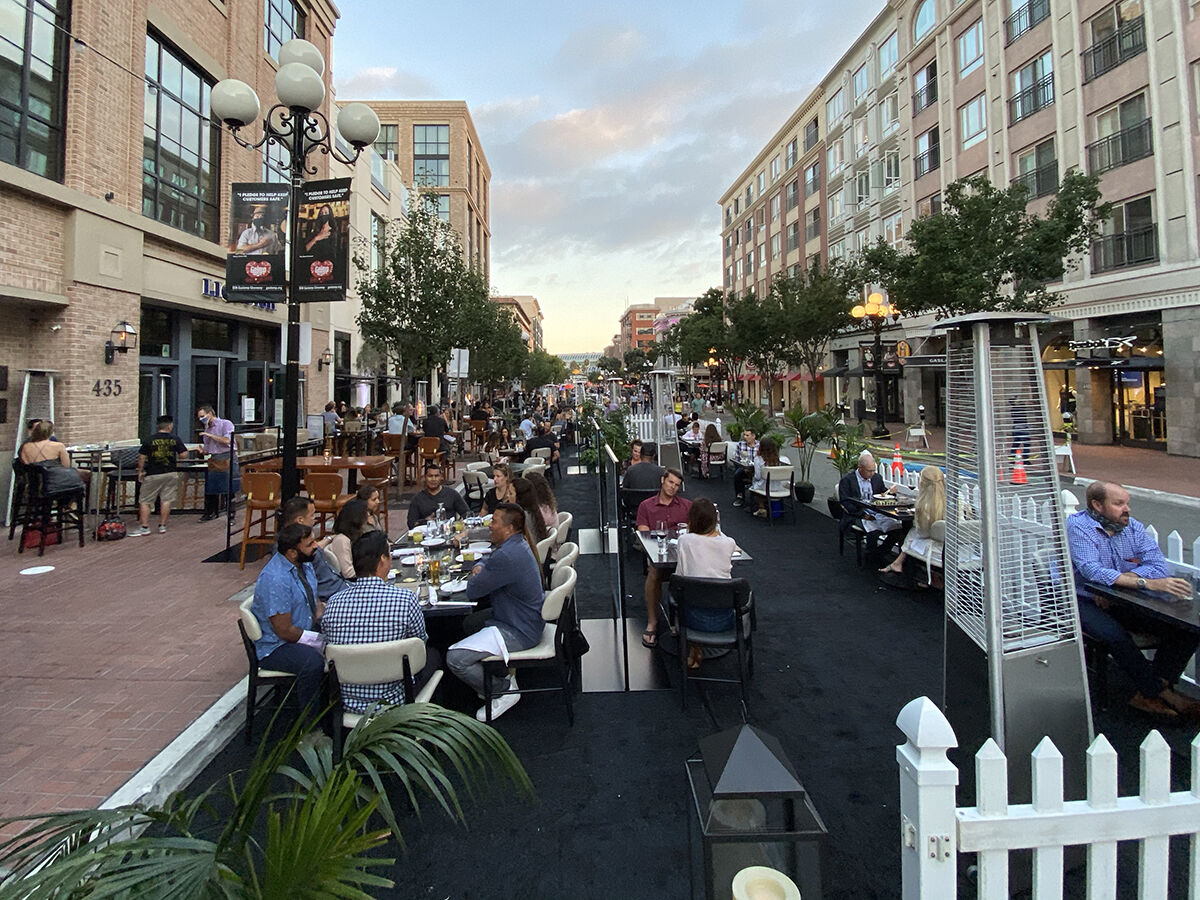
Sidewalk and Street Dining Gaslamp Quarter

